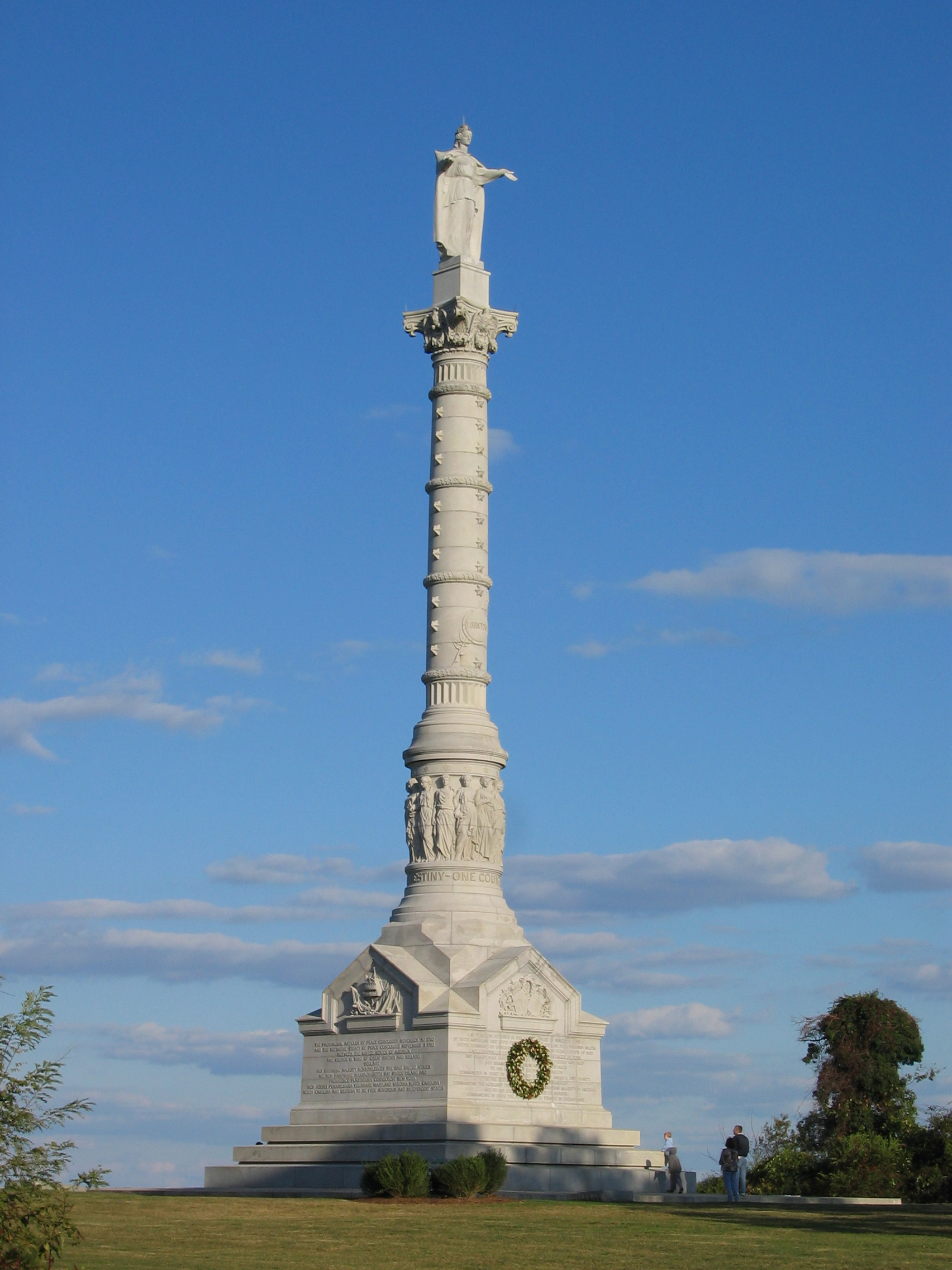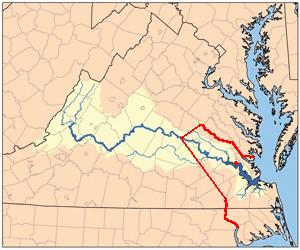|
Ebenezer Skellie
Ebenezer Skellie (August 16, 1842 – July 2, 1898) was a native of Chautauqua County, New York, who received his nation’s highest honor – the Medal of Honor, U.S. Medal of Honor – for the gallantry he displayed while fighting as a corporal with the 112th New York Volunteer Infantry, 112th New York Volunteer Infantry’s D Company in the Battle of Chaffin's Farm, Battle of Chaffin’s Farm during the American Civil War. In the final decade of his life, he also became an active member of the Lakeside Assembly, a lifelong learning initiative similar to the Chautauqua movement of the 1890s and early 1900s. A member of the board of directors of this assembly from the time of its inception, and that board's second president, he helped to launch and expand Lakeside's educational offerings at Findley Lake, New York, during the late 19th century. Formative years Born on August 16, 1842, in Mina, New York, near Findley Lake, Ebenezer Skellie was a son of New York native James Skel ... [...More Info...] [...Related Items...] OR: [Wikipedia] [Google] [Baidu] |
Mina, New York
Mina is a town in Chautauqua County, New York, United States. The population was 1,004 at the 2020 census. It is at the western county border and state line. The town is best known as a summer resort area, centered on the hamlet of Findley Lake. History The area was first settled around 1815 by Alexander Findley, who built the first mills. The town of Mina was formed in 1824 from a partition of the town of Clymer. In 1832, part of the town was used to form the town of Sherman. In 1915, the population of Mina was 1,021. Geography According to the United States Census Bureau, the town has a total area of , of which is land and , or 1.41%, is water. Interstate 86 passes through the north part of the town, with access from Exit 4. New York State Route 426 and New York State Route 430 intersect at Findley Lake. Adjacent towns and areas Mina is bordered by the townships of North East and Greenfield in Erie County, Pennsylvania, at its western town line. The town of Ripley ... [...More Info...] [...Related Items...] OR: [Wikipedia] [Google] [Baidu] |
Findley Lake, New York
Findley Lake is part of the town of Mina in southwestern Chautauqua County, New York, United States. Situated at an elevation of 1440 ft (439 m) above sea level, this hamlet is located on the north shore of Findley Lake. History Findley Lake was settled by War of 1812 veteran Alexander Findley, a native of Northern Ireland who had emigrated to America sometime around 1769, settled in eastern Pennsylvania, married and started a family, and returned to Ireland for a few years before making the decision to live permanently in the United States. After purchasing land in Greenfield, Pennsylvania in 1805, he then purchased lot 52, near what is now Findley Lake, from the Holland Land Company in 1811, and built a dam there in 1815 to power his mill, thus creating the lake from two ponds. The settlement that grew up around the mills prospered. The Lakeside Assembly on the southwest shore entertained visitors to the region, during the summers between 1895 and 1915, with programs t ... [...More Info...] [...Related Items...] OR: [Wikipedia] [Google] [Baidu] |
Charleston, South Carolina In The American Civil War
Charleston, South Carolina, was a hotbed of secession at the start of the American Civil War and an important Atlantic Ocean port city for the fledgling Confederate States of America. The first shots against the Federal government were those fired there by cadets of the Citadel to stop a ship from resupplying the Federally held Fort Sumter. Three months later, the bombardment of Fort Sumter triggered a massive call for Federal troops to put down the rebellion. Although the city and its surrounding fortifications were repeatedly targeted by the Union Army and Navy, Charleston did not fall to Federal forces until the last months of the war. Charleston was devastated. Early war years According to the '' 1860 Census'', Charleston was the 22nd largest city in the United States, with a population of 40,522. As the 1814 burning of Washington had shown, America's coastal cities were vulnerable to a hostile fleet. Along the Atlantic seaboard the young Republic began building a series ... [...More Info...] [...Related Items...] OR: [Wikipedia] [Google] [Baidu] |
Yorktown, Virginia
Yorktown is a census-designated place (CDP) in York County, Virginia. It is the county seat of York County, one of the eight original shires formed in colonial Virginia in 1682. Yorktown's population was 195 as of the 2010 census, while York County's population was 66,134 in the 2011 census estimate. The town is most famous as the site of the siege and subsequent surrender of General Charles Cornwallis to General George Washington and the French Fleet during the American Revolutionary War on October 19, 1781. Although the war would last for another year, this British defeat at Yorktown effectively ended the war in North America. Yorktown also figured prominently in the American Civil War (1861–1865), serving as a major port to supply both northern and southern towns, depending upon who held Yorktown at the time. Yorktown is one of three sites of the Historic Triangle, which also includes Jamestown and Williamsburg as important colonial-era settlements. It is the eastern te ... [...More Info...] [...Related Items...] OR: [Wikipedia] [Google] [Baidu] |
6th Massachusetts Volunteer Infantry
The 6th Regiment Massachusetts Volunteer Militia was a peacetime infantry regiment that was activated for federal service in the Union army for three separate terms during the American Civil War (1861-1865). The regiment gained notoriety as the first unit in the Union Army to suffer fatal casualties in action during the Civil War in the Baltimore Riot and the first militia unit to arrive in Washington D.C. in response to President Abraham Lincoln's initial call for 75,000 troops. Private Luther C. Ladd of the 6th Massachusetts is often referred to as the first Union soldier killed in action during the war. In the years immediately preceding the war and during its first enlistment, the regiment consisted primarily of companies from Middlesex County. During its first term of service, four out of ten companies of the regiment were from Lowell, Massachusetts. Colonel Edward F. Jones commanded the regiment during its first term. He later commanded the 26th Massachusetts and w ... [...More Info...] [...Related Items...] OR: [Wikipedia] [Google] [Baidu] |
Blackwater River (Virginia)
The Blackwater River of southeastern Virginia flows from its source near the city of Petersburg, Virginia for about 105 miles (170 km) through the Inner Coastal Plain region of Virginia (part of the Atlantic Coastal Plain). The Blackwater joins the Nottoway River to form the Chowan River, which empties into Albemarle Sound. The Blackwater-Nottoway confluence forms the boundary between Virginia and North Carolina. Overview The Blackwater River is a true blackwater river. Its water is clear, dark, slightly acidic, and tannin stained. Its drainage basin contains many swamps. The river's flood plain is mostly forested and swampy, including bald cypress and tupelo swamp forests. The upper Blackwater River is called Blackwater Swamp. In this region of Virginia, many streams are called "swamps" but still function like streams in being long and linear, with water moving from one end to the other and laid out in a normal stream tributary network. In contrast, some of the region's we ... [...More Info...] [...Related Items...] OR: [Wikipedia] [Google] [Baidu] |
John J
John is a common English name and surname: * John (given name) * John (surname) John may also refer to: New Testament Works * Gospel of John, a title often shortened to John * First Epistle of John, often shortened to 1 John * Second Epistle of John, often shortened to 2 John * Third Epistle of John, often shortened to 3 John People * John the Baptist (died c. AD 30), regarded as a prophet and the forerunner of Jesus Christ * John the Apostle (lived c. AD 30), one of the twelve apostles of Jesus * John the Evangelist, assigned author of the Fourth Gospel, once identified with the Apostle * John of Patmos, also known as John the Divine or John the Revelator, the author of the Book of Revelation, once identified with the Apostle * John the Presbyter, a figure either identified with or distinguished from the Apostle, the Evangelist and John of Patmos Other people with the given name Religious figures * John, father of Andrew the Apostle and Saint Peter * Pope Joh ... [...More Info...] [...Related Items...] OR: [Wikipedia] [Google] [Baidu] |
Union Army
During the American Civil War, the Union Army, also known as the Federal Army and the Northern Army, referring to the United States Army, was the land force that fought to preserve the Union (American Civil War), Union of the collective U.S. state, states. It proved essential to the preservation of the United States as a working, viable republic. The Union Army was made up of the permanent Regular Army (United States), regular army of the United States, but further fortified, augmented, and strengthened by the many temporary units of dedicated United States Volunteers, volunteers, as well as including those who were drafted in to service as Conscription in the United States, conscripts. To this end, the Union Army fought and ultimately triumphed over the efforts of the Confederate States Army in the American Civil War. Over the course of the war, 2,128,948 men enlisted in the Union Army, including 178,895 United States Colored Troops, colored troops; 25% of the white men who s ... [...More Info...] [...Related Items...] OR: [Wikipedia] [Google] [Baidu] |
Suffolk, Virginia History
The area around Suffolk, Virginia, which is now an independent city in the Hampton Roads region in the southeastern part of the state, was originally inhabited by Native Americans. At the time of European contact, the Nansemond people lived along the river later known by the same name. The area was first explored by Jamestown colonists led by explorer John Smith soon after the settlements founding in 1607, seeking means to survive the inhospitable environment at Jamestown Island. Settlement by the Nansemond By at least 1584, the Nansemond tribe originally lived in four villages along the Nansemond River, centered near '' Chuckatuck'' (now part of the city of Suffolk). Their head chief lived near Dumpling Island where the tribe’s temples and sacred items were located. At that time the tribe had a population of 1,200 persons with 300 bowmen. In 1608, the explorer John Smith and other colonists from Jamestown began to explore the Nansemond River, following the river's ... [...More Info...] [...Related Items...] OR: [Wikipedia] [Google] [Baidu] |
Fort Monroe
Fort Monroe, managed by partnership between the Fort Monroe Authority for the Commonwealth of Virginia, the National Park Service as the Fort Monroe National Monument, and the City of Hampton, is a former military installation in Hampton, Virginia, at Old Point Comfort, the southern tip of the Virginia Peninsula, United States. Along with Fort Wool, Fort Monroe originally guarded the navigation channel between the Chesapeake Bay and Hampton Roads—the natural roadstead at the confluence of the Elizabeth, the Nansemond and the James rivers. Union General George B. McClellan landed his forces at the fort during Peninsula campaign of 1862 during the American Civil War. Until disarmament in 1946, the areas protected by the fort were the entire Chesapeake Bay and Potomac River regions, including the water approaches to the cities of Washington, D.C. and Baltimore, Maryland, along with important shipyards and naval bases in the Hampton Roads area. Surrounded by a moat, the six-side ... [...More Info...] [...Related Items...] OR: [Wikipedia] [Google] [Baidu] |
Williamsport, Pennsylvania
Williamsport is a city in, and the county seat of, Lycoming County, Pennsylvania, United States. It recorded a population of 27,754 at the 2020 Census. It is the principal city of the Williamsport Metropolitan Statistical Area, which has a population of about 114,000. Williamsport is the larger principal city of the Williamsport-Lock Haven, PA Combined Statistical Area, which includes Lycoming and Clinton Counties. The city is the cultural, financial, and commercial center of Central Pennsylvania. It is from Philadelphia, from Pittsburgh and from Harrisburg. It is known for its sports, arts scene and food. Williamsport was settled by Americans in the late 18th century, and began to prosper due to its lumber industry. By the early 20th century, it reached the height of its prosperity. The population has since declined by approximately 40 percent from its peak of around 45,000 in 1950. As county seat, Williamsport has the county courthouse, county prison, sheriff's office headqu ... [...More Info...] [...Related Items...] OR: [Wikipedia] [Google] [Baidu] |

.jpg)




.jpg)

